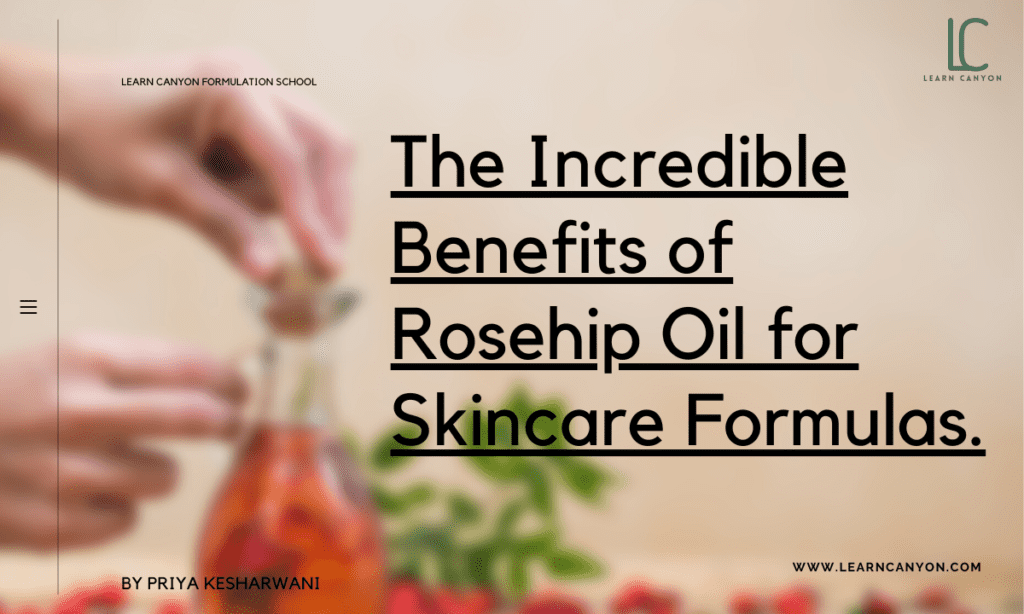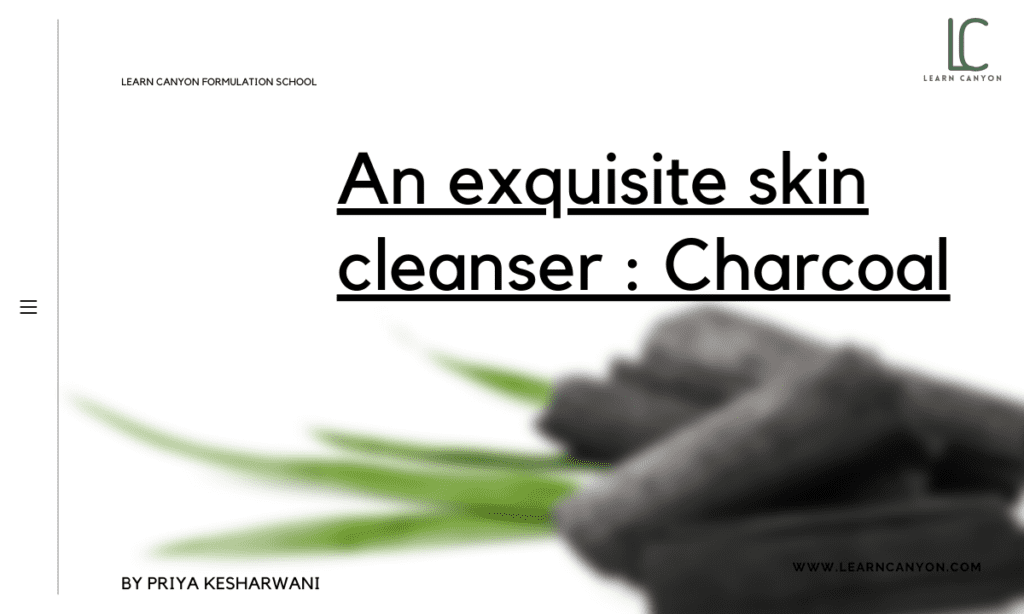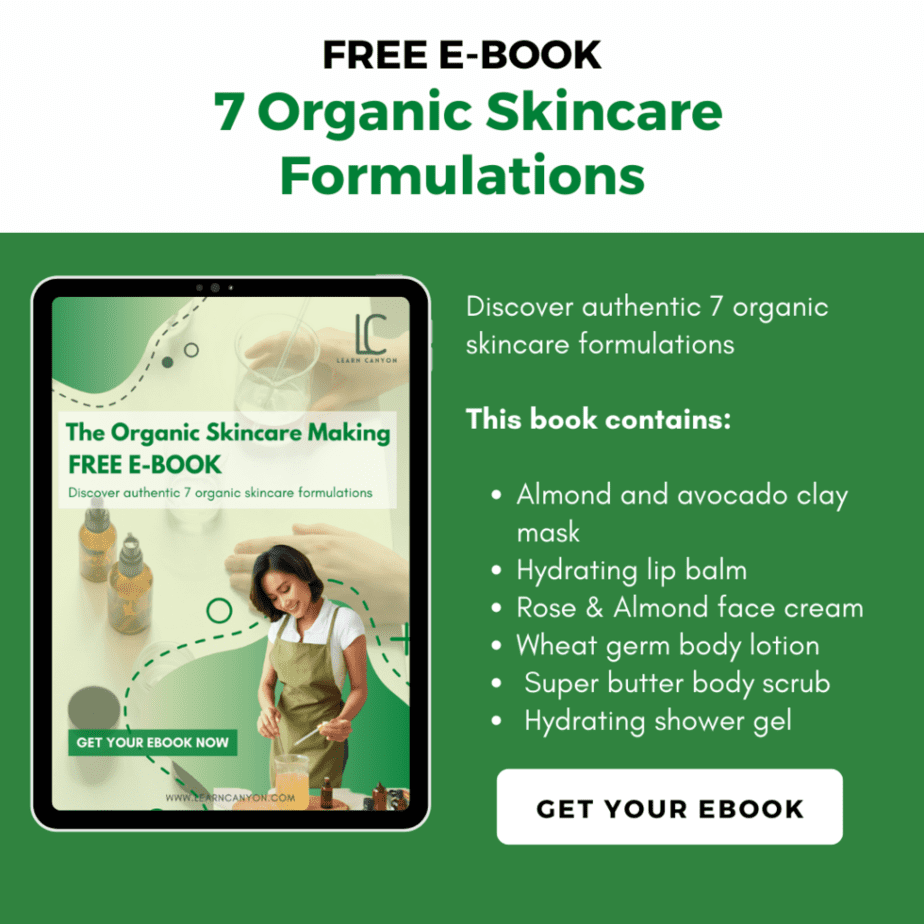
Xanthan Gum – benefits, side effects and more

What Is Xanthan Gum?
It’s created when a microbe called Xanthomonas campestris ferments sugar. When sugar is fermented, it produces a soup or goo-like liquid that can be solidified with the addition of alcohol. After that, it is dried and ground into a powder.
“It provides a wonderful slide and silky sensation on the face, aids in the ease of application of the product, and protects the formula from separating”.
| What is it? | A xanthum gum is a sugar-fermentation-derived natural gum. |
|---|---|
| INCI | Xanthan Gum |
| Appearance | Fine off-white granular powder. |
| Texture | Slick, slimy gels. |
| Recommended Usage | 0.1% to 0.5% |
| Solubility | Water soluble |
| Melting point | NA |
| Boiling point | NA |
| pH | 6–8 |
| Aroma | Nothing strong |
| Why do we include it in formulations? | The body of the gel is made up of xanthan gum. It can be used to thicken and stabilise emulsions. |
| How to work with it? | To properly hydrate, pre-disperse it in glycerin or oil before mixing it with water. |
| Applications | Xanthan Gum is a thickener, rheology modifier, and emulsion stabilisers used in the cosmetics industry. |
| Absorption rate | Fast |
| Strength | Effective natural thickening and gelling agent. |
| Weaknesses | To some people, the consistency is unappealing, and the leave-on skin feel is bad. |
| Substitution | Guar gum or hydroxyethyl cellulose. |
| How to store it? | Stored in a cool, dark and dry place. |
| Shelf life | The shelf life of xanthan gum should be at least two years. |
| Type of ingredient | Thickener and emulsifying agent |
|---|---|
| Main benefits | Because it is a polysaccharide, or sugar molecule, xanthan gum may have some skin conditioning benefits. |
| Who should use it | Xanthan gum is safe to use on most skin types when applied topically. |
| How often can you use it? | Xanthan gum is found in many cosmetics and has no known side effects, so it can be used on a daily basis as long as it does not produce an allergic reaction. |
| Works well with | Almost any ingredient can be used with it. |
| Doesn't work with | Xanthan gum has no known negative interactions with other substances. |
| How to use | Added in the aqueous phase. |
Mechanisms of action
The natural Xanthan gum is a polysaccharide that is often used in cosmetic formulations to emulsify and stabilise them, as well as to act as a suspending agent and to increase the thickness of their consistency, which also aids in texture adjustment.
Polysaccharides serve a key role in their capacity to imitate the natural carbohydrate fraction found in the skin’s top layer. Polysaccharides are responsible for the skin’s natural ability to hydrate and retain water, making them an overachiever in the skin-replenishing department.
They’re also important for skin regeneration and healing. Polysaccharides have the ability to bond to the skin more strongly and for a longer period of time than any other moisturising ingredient.
Benefits of Xanthan gum
Xanthan gum can be found in a wide range of beauty treatments, from face cleansers to sheet masks. Xanthan gum can significantly improve the viscosity of liquids it is added to, even at concentrations of less than one percent, for ideal texture. It can also be used in oil-and-water emulsions to keep the two phases distinct, as well as bind other skin ingredients together.
Xanthan gum is an important ingredient in skincare. It’s used as a binder, emulsion stabilisers, surfactant, skin conditioner, and viscosity increaser. It’s even used in cosmetics as a thickener.
Lotions, liquid soaps, moisturisers, shower gels, body washes, creams, and shampoos all benefit from xanthan gum as a natural thickening. It thickens the consistency of products and has been shown to be particularly effective at moisturising the skin.
The skin-conditioning benefits of xanthan are amazing. Its capacity to hold water helps to keep the skin hydrated. Without a doubt, xanthan gum is a fantastic active ingredient to look for while looking for the best skin care products.
Side Effects of Xanthan Gum
Although xanthan gum is not an active component, it is important for the texture and formulation of skincare products. It is supposed to have some moisturising properties for the skin and has no known hazardous or severe side effects. It can be used in natural and organic skincare.
Xanthan gum, unlike some other gums, is stable throughout a wide variety of temperatures and pH levels. Because of its origins in maize, wheat, dairy, and soy, certain persons may develop allergies to xanthan gum, albeit symptoms are thought to appear solely after xanthan gum is swallowed rather than topically applied.
How to use it in formulation?
When you add xanthan to another liquid, it disperses and forms a stable solution. As a result, it can be employed in a variety of goods as a thickening and stabilising ingredient. It’s a soluble fibre called xanthan. There is no possibility of infection from the gums.
Xanthan Gum is beneficial to the skin and is used in cosmetics. Xanthan gum, which is necessary in minimal levels to achieve the desired texture in skincare products, is usually found in cosmetic goods at a concentration of.01 to 2%.
Works Well With Other Ingredients
Most ingredients work nicely with it.



